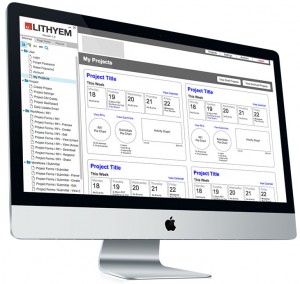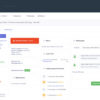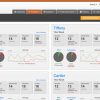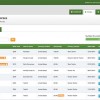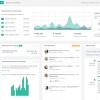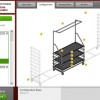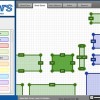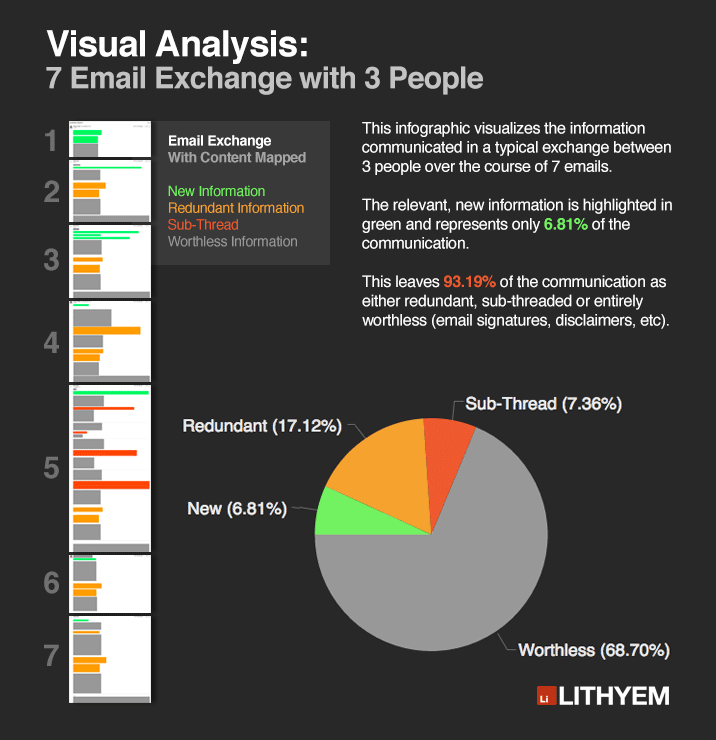
To illustrate, I took a 7 email exchange with a colleague and dissected the information. The exchange went like this:
- I emailed a colleague with a simple request.
- He responded with a question.
- I replied with an answer.
- He emailed a 3rd person for clarification.
- He forwarded the 3rd person’s response to me with a question.
- I replied with an answer.
- He confirmed, and closed the thread.
I looked at this email exchange and highlighted all the new information, the redundant information, the sub-thread information and the completely worthless information. For all the text in the exchange, there were about 9 or 10 short sentences (6.81%) worth anything at all, out of the pages and pages of content. Continue Reading
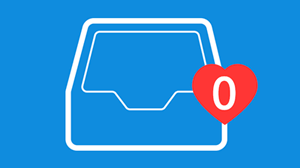

 You work at an enterprise corporation. On a daily basis, you use at least seven different programs, likely to perform just one or two tasks. You use an HR portal, an inventory tracker, a content management system, and the company intranet. You run reports in one program only to have to input the same numbers into another program to get the reports that you actually need for your weekly huddle. You have nightmares about not hitting the save button before you move to the next thing, and you’d rather just do everything in Excel because at least you know how to use it. Sound familiar?
You work at an enterprise corporation. On a daily basis, you use at least seven different programs, likely to perform just one or two tasks. You use an HR portal, an inventory tracker, a content management system, and the company intranet. You run reports in one program only to have to input the same numbers into another program to get the reports that you actually need for your weekly huddle. You have nightmares about not hitting the save button before you move to the next thing, and you’d rather just do everything in Excel because at least you know how to use it. Sound familiar? 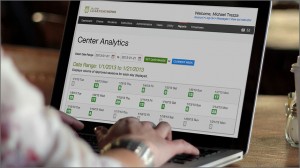 In the past, the typical business assembled its
In the past, the typical business assembled its 

